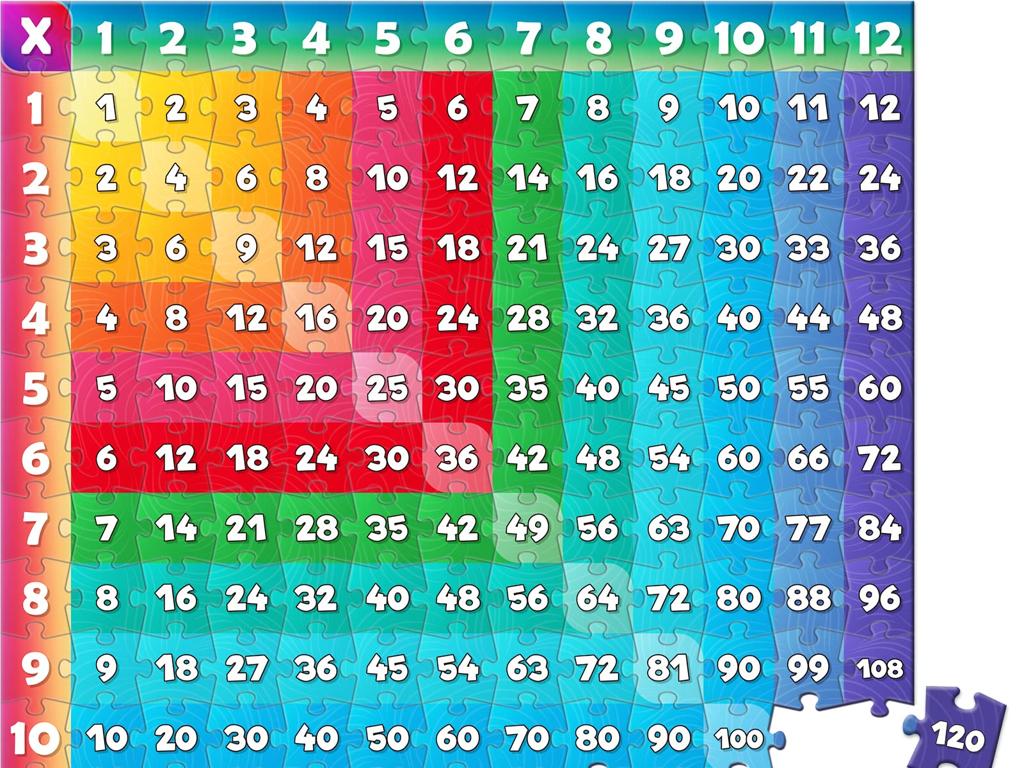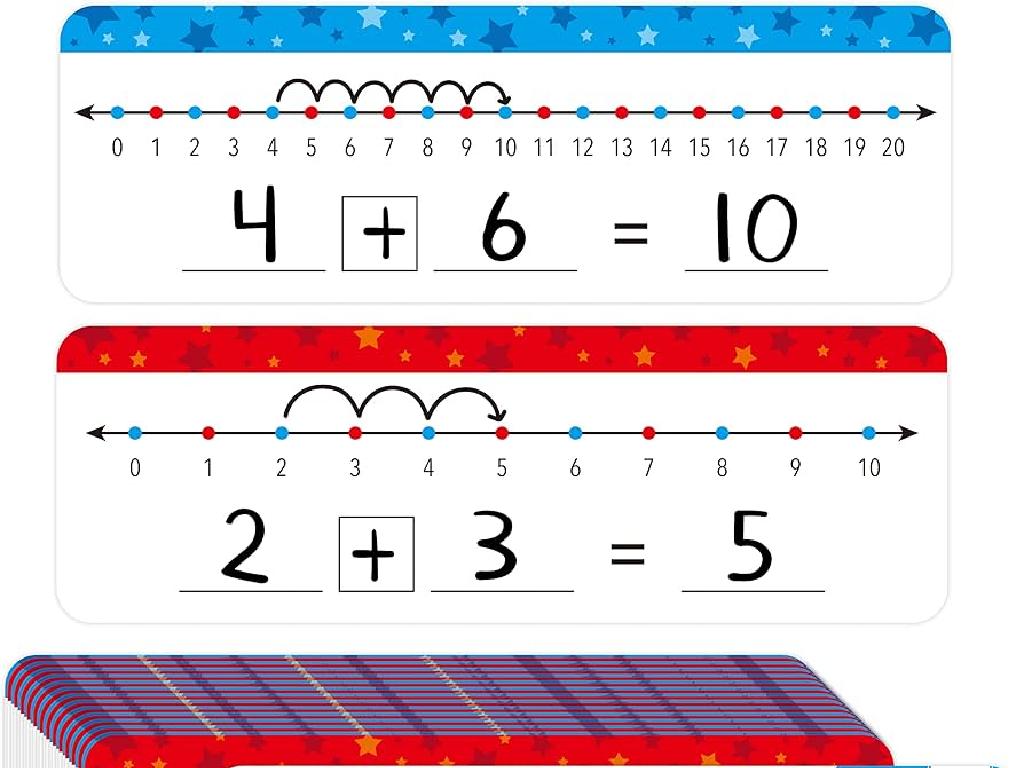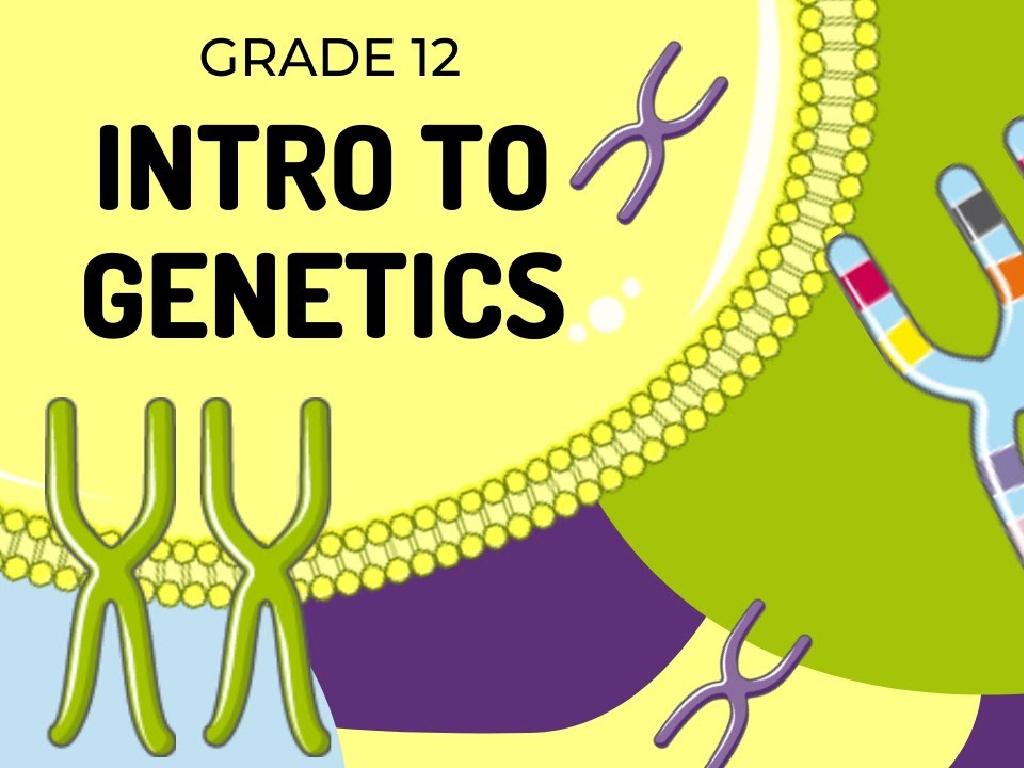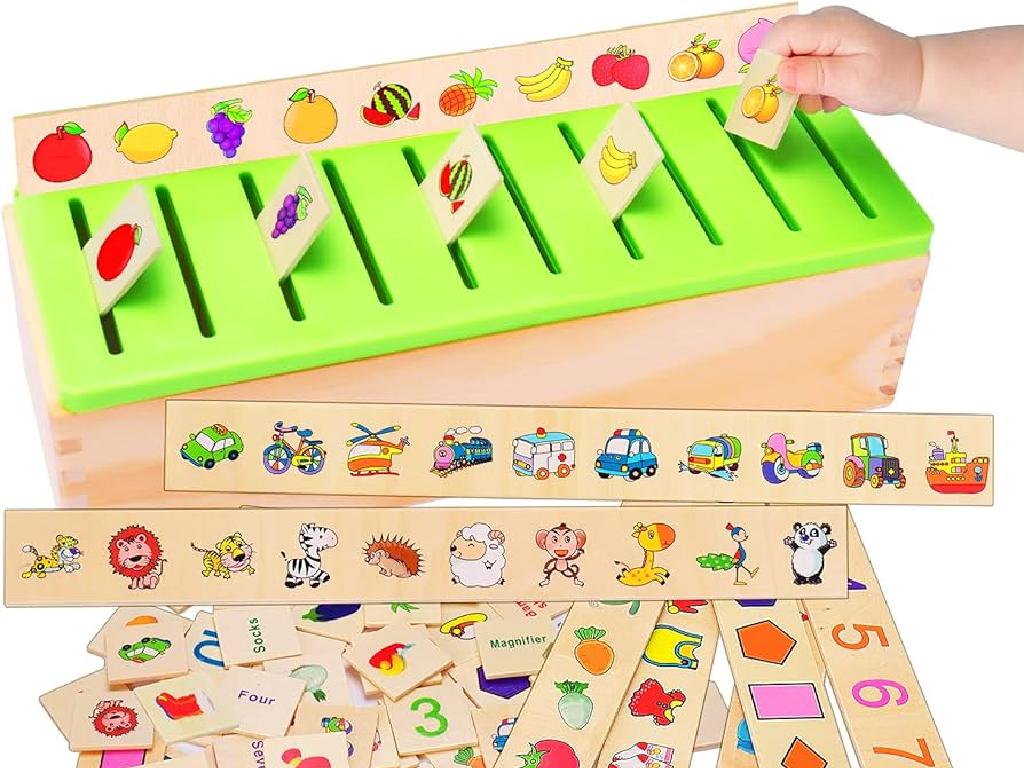Place Sentences With Irregular Verbs On A Timeline
Subject: Language arts
Grade: Third grade
Topic: Verb Tense
Please LOG IN to download the presentation. Access is available to registered users only.
View More Content
Welcome to Verb Tenses!
– Learn about verb tenses
– Verb tenses tell us when an action happens
– Discover irregular verbs
– Irregular verbs don’t follow normal rules
– Today’s goal: Timeline of verbs
– We’ll place verbs in past, present, future
– Practice with sentences
– Find and use irregular verbs in stories
|
This slide introduces the concept of verb tenses to third graders, focusing on understanding when actions happen (past, present, future). Highlight the uniqueness of irregular verbs, which do not follow the standard patterns of conjugation. Today’s goal is to help students visualize the use of these verbs on a timeline, which will aid in their comprehension of time concepts related to verb usage. Encourage students to think of actions they do every day and how they would talk about these actions in the past, present, and future. Provide examples of sentences with irregular verbs and assist them in placing these sentences on a timeline during class activities.
Exploring Verbs: The Action in Sentences
– Verbs show action or state of being
– Like ‘run’, ‘think’, or ‘is’
– Verbs in everyday activities
– ‘Brushing teeth’, ‘playing games’
– Every sentence needs a verb
– It’s the main part of a sentence
– Verbs can tell when an action happens
– Past, present, or future actions
|
This slide introduces the concept of verbs to third-grade students. Begin by defining a verb as a word that shows action or a state of being. Give relatable examples of verbs from daily life to help students identify verbs in context. Emphasize the importance of verbs in sentences, explaining that they are essential for expressing the action or state of the subject. Highlight that verbs also indicate the time of the action, which is a segue into discussing verb tenses. Use interactive activities where students can act out verbs or identify verbs in sample sentences to reinforce learning.
Regular vs. Irregular Verbs
– Regular verbs end with -ed
– Irregular verbs change uniquely
– Examples: ‘jump’ becomes ‘jumped’
– Regular: ‘look’ to ‘looked’, ‘play’ to ‘played’
– Examples: ‘go’ becomes ‘went’
– Irregular: ‘eat’ to ‘ate’, ‘sing’ to ‘sang’
|
This slide introduces the concept of verb tense, specifically focusing on the difference between regular and irregular verbs. Regular verbs follow a pattern, simply adding ‘-ed’ to form the past tense. In contrast, irregular verbs do not follow a set pattern and change in unique ways. Provide clear examples of both types of verbs to help students understand the concept. For regular verbs, use examples like ‘jump’ to ‘jumped’ and ‘look’ to ‘looked’. For irregular verbs, use examples like ‘go’ to ‘went’ and ‘eat’ to ‘ate’. Encourage students to think of more examples and to notice the pattern in regular verbs versus the unique changes in irregular verbs. This understanding will be crucial as they learn to place sentences with these verbs on a timeline to indicate past actions.
Past, Present, and Future Tenses
– Understanding verb tenses
– Tenses tell us when an action happens
– Regular verbs across tenses
– ‘Walk’ becomes ‘walked’ for past, ‘walks’ for present, ‘will walk’ for future
– Irregular verbs and tenses
– ‘Go’ becomes ‘went’ for past, ‘goes’ for present, ‘will go’ for future
– Placing verbs on a timeline
– Visualize when actions happen using a timeline
|
This slide introduces the concept of verb tenses to third-grade students, focusing on the idea that tenses indicate the timing of an action. Start by explaining what tenses are and how they are used in sentences. Provide clear examples of regular verbs in past, present, and future tenses. Then, move on to irregular verbs, which do not follow standard tense patterns, and give examples in different tenses. Finally, introduce a timeline as a visual aid to help students place verbs in the correct tense, reinforcing their understanding of how tenses work. Encourage students to think of their own examples and use the timeline to determine the tense.
Irregular Verbs in Sentences
– Spot irregular verbs in sentences
– Find verbs that don’t follow regular rules, like ‘go’ becoming ‘went’
– Grasp the meaning of irregular verbs
– Understand what these verbs express in the past, present, and future
– Fit irregular verbs in sentence structure
– See how these verbs change the meaning of a sentence
– Practice with examples
– Use sentences like ‘Yesterday, I went to the park’ as practice
|
This slide introduces students to the concept of irregular verbs and their usage in sentences. Begin by explaining that irregular verbs do not follow the typical ‘-ed’ ending pattern for past tense. Provide clear examples of irregular verbs and their different forms. Discuss how the meaning of these verbs can change depending on the tense and how they fit into the overall structure of a sentence. Encourage students to identify irregular verbs in sentences and understand their meanings. Use simple and familiar examples to illustrate how these verbs are used in everyday language. Finally, engage the students with practice sentences to reinforce their learning.
Time Travel with Irregular Verbs
– Create a timeline as a class
– Place sentences on the timeline
– Think: When did the action happen?
– Group activity: Find the right spot
– Work together to decide where sentences belong
– Discuss our timeline journey
– Share what we’ve learned about verb tenses
|
This slide introduces a class activity focused on understanding verb tenses by placing sentences with irregular verbs on a timeline. Start by creating a large timeline on the board or on paper with the class, marking past, present, and future. Then, provide sentences with irregular verbs and ask students to determine the tense of each verb. In groups, students will help each other decide where on the timeline their sentences should be placed. This collaborative activity encourages discussion and critical thinking about how verb tenses affect the meaning of sentences. After the activity, facilitate a class discussion to reflect on what they’ve learned about irregular verbs and how they fit into different times on the timeline. Provide guidance and clarification as needed.
Let’s Practice: Irregular Verbs on a Timeline!
– Fill in blanks with correct verb forms
– Pair up to compare your answers
– Class discussion on verb tense choices
– Why did you choose past, present, or future tense?
– Understanding verb tenses
– Learn how time affects verb forms
|
This slide introduces an interactive class activity focused on understanding and practicing irregular verbs within the context of verb tenses. Students will start by completing sentences with the correct form of given irregular verbs, emphasizing the past, present, or future tense. Afterward, they will work in pairs to compare their answers, fostering peer learning and collaboration. The activity will culminate in a class discussion, prompting students to explain their reasoning behind the tense choices they made. This will help reinforce their understanding of how time influences verb forms. As a teacher, be prepared to guide the discussion, correct misconceptions, and provide clear explanations. Possible activities for different students could include creating sentences with specific irregular verbs, acting out verbs in different tenses, or drawing timelines to visualize the verb tenses.
Class Activity: Timeline Challenge
– Team up for timeline creation
– Use list of irregular verbs
– Verbs like ‘go’, ‘come’, ‘see’
– Craft sentences with verbs
– ‘Yesterday, I saw a movie.’
– Place sentences on your timeline
– Show when actions happened
|
In this engaging class activity, students will pair up to create a visual timeline. Provide them with a list of irregular verbs and ask them to form new sentences using these verbs. Once they have their sentences, they will decide where on the timeline these actions belong based on when they happened. This exercise will help them understand verb tenses and how to use them in context. For example, one pair might create a sentence like ‘Last week, we went to the zoo.’ and place it appropriately on the timeline. Offer guidance and ensure each pair has a clear understanding of past, present, and future tenses. Possible variations of the activity could include creating timelines for different characters or scenarios, or even comparing timelines to see how different actions interconnect over time.
Wrapping Up: Irregular Verbs & Tenses
– Recap: Irregular verbs & tenses
– We learned verbs that don’t follow rules when they change tense.
– Why tenses matter in talking
– Tenses help us tell if something happened in the past, is happening now, or will happen.
– What’s next: Upcoming lesson
– Get ready to dive deeper into past, present, and future tenses!
– Keep practicing at home!
|
As we conclude today’s lesson, it’s important to review the key points about irregular verbs and how they change across different tenses. Emphasize to students that understanding verb tenses is crucial for clear communication, as it helps listeners understand when actions take place. Preview the next lesson to pique students’ interest and encourage them to continue practicing with their own sentences at home. The upcoming lesson will build on what they’ve learned and explore verb tenses more thoroughly. Remember to praise their efforts and progress in mastering irregular verbs.






